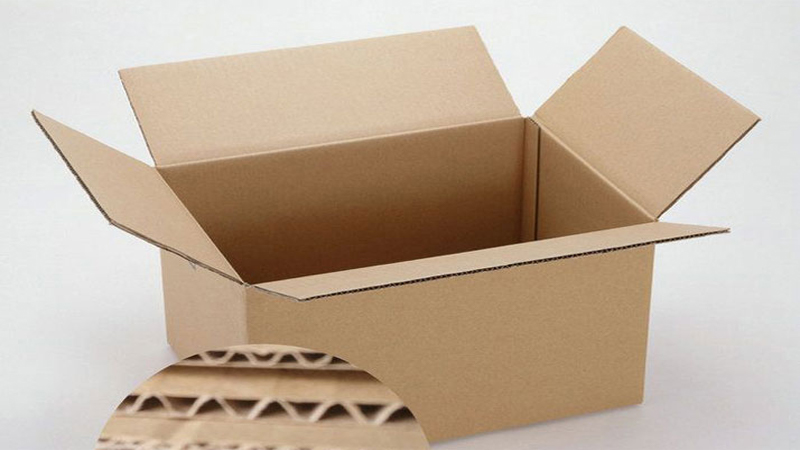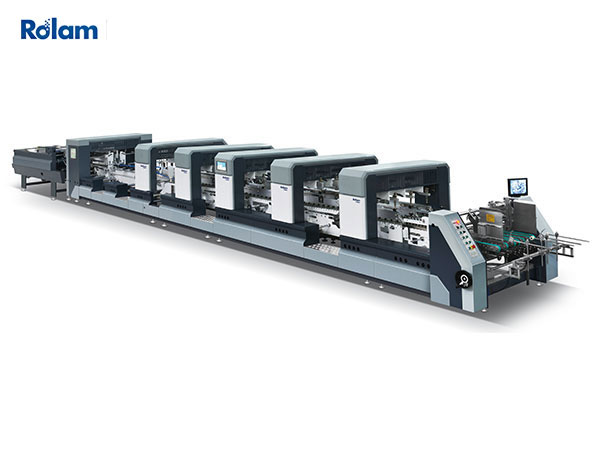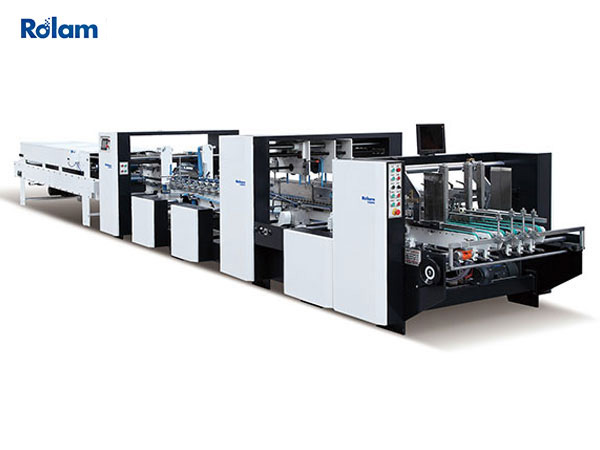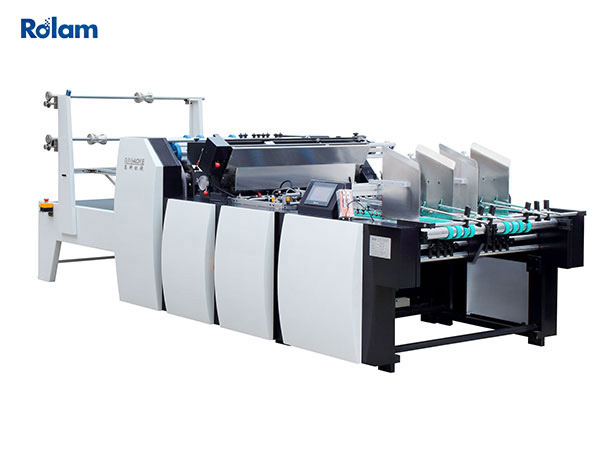Corrugated boxes are widely used for packaging because they are durable, lightweight, and affordable. The production of these boxes involves a precision manufacturing process called corrugating, which is then converted into boxes using a folder-gluer.
In this article, we will break down the corrugated process step by step and explore the role of the folder-gluer in the final stages of corrugated box production.
Step-by-step guide to the corrugated process
1. Raw material preparation
The process starts with the selection of raw materials:
Kraft paper face (outer layer): Provides strength and a smooth printing surface.
Fluorescent core (middle layer): The corrugated layer that gives the corrugated board cushioning and rigidity.
These rolls are loaded into the corrugator for further processing.

2.Heating and humidification
The rolls pass through pre-treatment rollers, which apply steam and heat to make the fibers more flexible. This ensures better bonding during the corrugation process.
3. Corrugating of corrugated paper
Corrugated paper is fed into corrugating rollers - large, heated, ridged rollers that press the paper into a wavy pattern (fluting). Common fluting shapes include:
A flute (thickest, best for cushioning)
B flute (thinner, good for printing)
C flute (balanced strength and printability)
E flute (thinnest, used for retail packaging)
4. Gluing (starch-based glue)
After corrugating, the corrugated medium is fed to a glue-coating station where adhesive is applied to the peaks of the flutes.
5. Laminating corrugated board
Corrugated board is pressed between two sheets of linerboardle-ply) or multiple sheets of board (double/triple-ply). Heat and pressure ensure a strong bond.
6. Drying and cooling
The newly formed corrugated board passes through a hot plate section to dry the adhesive, and then passes through cooling rollers to stabilize its structure.
7. Cutting and Slitting
The continuous corrugated board is cut to the required width and cut into individual sheets (blanks) using a rotary shear or a slitting and creasing machine.
The role of a corrugated box gluing machine
Once the corrugated board is ready, it enters the processing stage where it is formed into finished cartons by a Folder-Gluer For Corrugated Box
How a box gluing machine works
1. Feeding – Pre-cut corrugated board is fed into the machine.
2. Creasing and folding – The machine scores the board to form fold lines for easy bending.
3. Gluing – Adhesive is applied to the closure to seal it.
4. Folding and pressing – The machine folds the carton into shape and applies pressure to ensure that the glued seam is strong.
5. Output – The finished cartons are stacked and ready for shipping.
Advantages of using a box gluing machine
High-speed production – thousands of cartons can be produced per hour.
Precision folding – ensures consistent box quality.
Versatility – handles a wide range of box formats (RSC, tray, auto-lock).
Reduced labor costs – automation minimizes manual folding and gluing.
Conclusion
The corrugating process transforms raw paper into sturdy corrugated board, while folder-gluers efficiently convert these sheets into practical boxes. Understanding these steps can help manufacturers optimize production and improve efficiency and quality.
For businesses looking to enhance their packaging lines, investing in a high-performance corrugated box folder-gluer is a smart move to increase productivity and reduce operating costs.
Do you need a recommendation for the best folder-gluer for your production needs? Leave a comment in the comments section!



